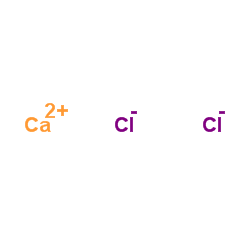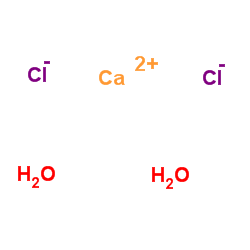| Structure | Name/CAS No. | Articles |
|---|---|---|
 |
Methanol
CAS:67-56-1 |
|
 |
Calcium chloride
CAS:10043-52-4 |
|
 |
β-cyclodextrin
CAS:7585-39-9 |
|
 |
calcium chloride dihydrate
CAS:10035-04-8 |